May 30, 2017
5 Common Running Injuries and How to Avoid Them
Every sport has its list of potential injury, and running is unfortunately no different. There are, however, ways to avoid getting hurt, and every runner should take some time to learn best practices. After all, running injuries are not just unpleasant. Injury keeps you from your sport, can delay (or derail) training, and could even cause long-term issues. At MIT Recreation, we don’t want anyone getting hurt. For our running community, we have put together the following quick guide on the top five common running injuries, and how you can potentially avoid them.
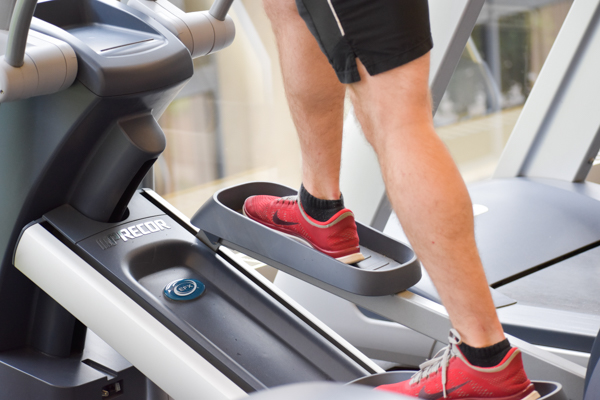
1. Injury: Shin Splints
Shin splints are essentially a repetitive stress injury. Signs and symptoms include bruising, swelling and pain along the shinbone of the leg. Left untreated, these can progress into stress fractures, so it’s a very good idea to take them seriously.
Common Causes: Hard Surfaces, Long Distances, Bad Shoes
How to Avoid Shin Splints
Running on hard, un-giving surfaces like pavement, cement or a treadmill can case stress to your shins. To remedy this, take some (or all) of your runs to trails or gravel paths, anything that has some shock absorbance to it. No matter where you run, if your distances are very long or if you 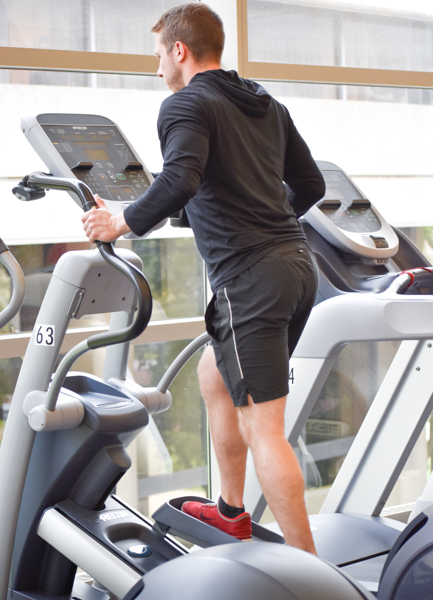 are progressing too fast, this too will cause shin stress. Try taking rest days, shorter runs, or even some cross training. Swimming, biking or the elliptical are all great options.
are progressing too fast, this too will cause shin stress. Try taking rest days, shorter runs, or even some cross training. Swimming, biking or the elliptical are all great options.
Lastly, your shoes are your last line of defense between your shins and the ground, so making sure they properly fit is essential. Remember that even well-fitting shoes will wear down over time though. Every 300-500 miles (depending on the brand and your running style), we recommend getting your gait reanalyzed.
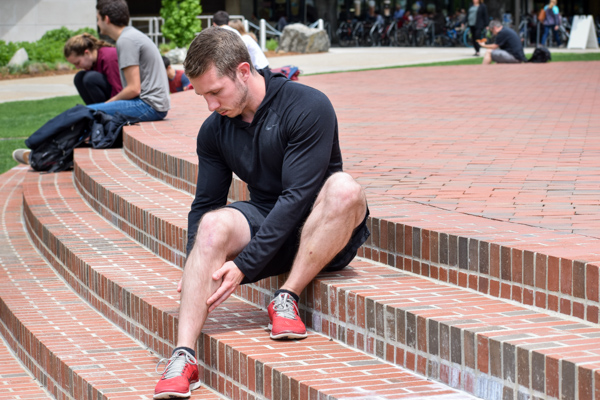
2. Injury: High Calf Tension (Hypertrophy)
High Calf Tension often comes as a result of an enlarging calf muscle. As runners train and gain strength and muscle in this area, it can cause stiffness and pain.
Common Causes: Bad Ankle/Knee Mobility, Dehydration
How to Avoid High Calf Tension
The calf muscle is constantly performing while running, serving to stabilize, propel and balance the run. If mobility in nearby joints – such as the knee or ankle – is poor, it will cause tension in this 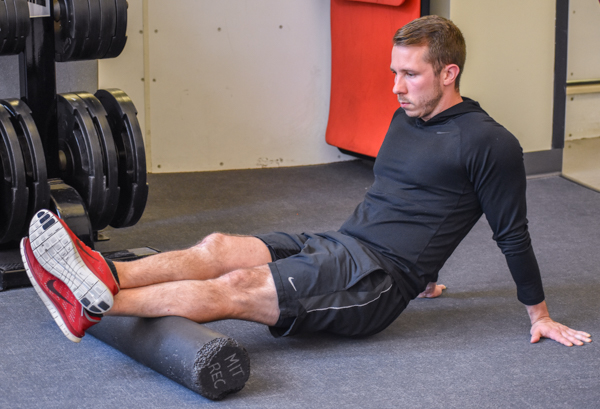 muscle. Stretching exercises for these joints, as well as foam rolling over the calves, can alleviate the problem. Additionally, simple dehydration can cause tension in the calf. Runners should ensure they are well hydrated before, during and after their workouts.
muscle. Stretching exercises for these joints, as well as foam rolling over the calves, can alleviate the problem. Additionally, simple dehydration can cause tension in the calf. Runners should ensure they are well hydrated before, during and after their workouts.

3. Injury: Knee Joint
Damage to the knee from running is usually a stress injury. This injury is so common in running, it is sometimes dubbed “runners knee.” Signs include pain in the knee (in front, around or behind it), stiffness and sometimes swelling, popping or a ‘grinding’ sensation in the joint.
Common Causes: Hard Running Surfaces, Untrained Knees
How to Avoid Knee Joint Injury
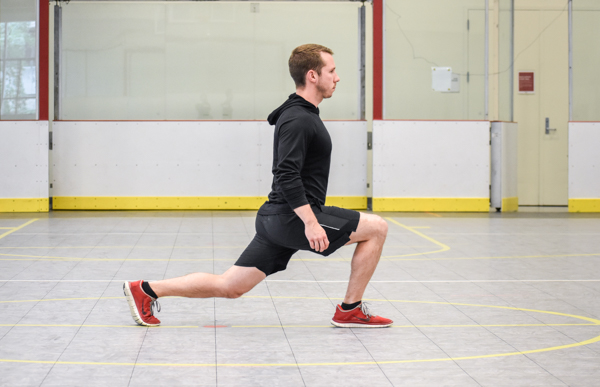 Too much time on hard surfaces can cause knee damage, as the cartilage in the knee acts as another natural shock absorber. Just like with shin splints, it’s a good idea to vary your runs to softer ground. This is also a good opportunity to get off the ground altogether though, and introduce cross-training. Consider aqua jogging or other aquatic-based activities.
Too much time on hard surfaces can cause knee damage, as the cartilage in the knee acts as another natural shock absorber. Just like with shin splints, it’s a good idea to vary your runs to softer ground. This is also a good opportunity to get off the ground altogether though, and introduce cross-training. Consider aqua jogging or other aquatic-based activities.
Without proper strength training, damage to the knee can also come from them being ‘weak,’ meaning in this case untrained. Embarking on a specific impact training program, including depth drops, vertical jumping, broad jumping, squats, and lunges, can help strengthen the knees considerably.

4. Injury: Piriformis Syndrome
The piriformis muscle is located at the top of the hip joint, responsible for rotating and moving the hip. Through this muscle runs the sciatic nerve, a major nerve in the body which runs down to the feet. In piriformis syndrome, this nerve is pinched – causing numbness, tingling or pain in the buttocks and down the leg.
Common Causes: Lack of glute activation, lack of pelvis balance, tightness/instability in the lower back
How to Avoid Piriformis Syndrome
Weak glute activation can cause the piriformis muscle to clamp down on the sciatic nerve. To strengthen this muscle group, try squats, lunges, band walks, or weighted leg extensions. Similarly, unbalanced pelvic motion can cause this syndrome’s pain and requires strength training to correct. Exercises focused on balance, core stabilization and overall coordination can help.
Tightness or instability above the piriformis muscle, in the lower back, could also be the culprit. Core training can help correct back instability, while massage, stretching, foam rolling or yoga can help alleviate any tightness.
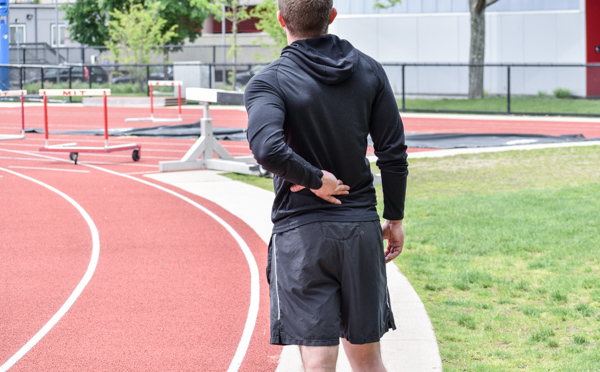
5. Injury: Lower Back
Injury to the lower back can vary from a minor inconvenience to debilitating pain. The muscles of the lower back hold in place the spinal column, and with their injury, the spine is not properly supported. The resulting pain can spread beyond the back and into other parts of the body.
Common Causes: Imbalance of Core & Psoas, Poor running gait
How to Avoid Lower Back Injury
An unbalanced set of core muscles will miss-align the spine, and can often result in injury to the lower back. Planking and other oblique exercises target the core muscles, strengthening and balancing them. Core training also improves the function of the Psoas muscle, which connect the vertebral column to the pelvis.
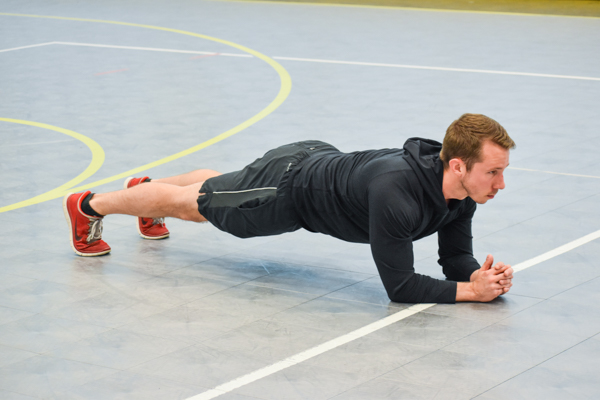 A poor running gait, such as one that incorporates a large pelvic tilt or overstride, will also unbalance the core and can cause injury to the lower back. As it is hard to see your own running stride well, getting your gait professionally analyzed can help spot any potential problems.
A poor running gait, such as one that incorporates a large pelvic tilt or overstride, will also unbalance the core and can cause injury to the lower back. As it is hard to see your own running stride well, getting your gait professionally analyzed can help spot any potential problems.
With the right foreknowledge and training, avoiding common running injuries is possible. Cross training, strengthening exercises and the proper running gear should be top on the list of all runners. If you do find yourself falling prey to any of these running injuries though, don’t be discouraged. Take some time to rest and get the care you need, and before you know it, you’ll be lacing up your running shoes once again.
BACK TO ALL

Comments
The comments are closed.
There aren't currently any comments on this blog entry.